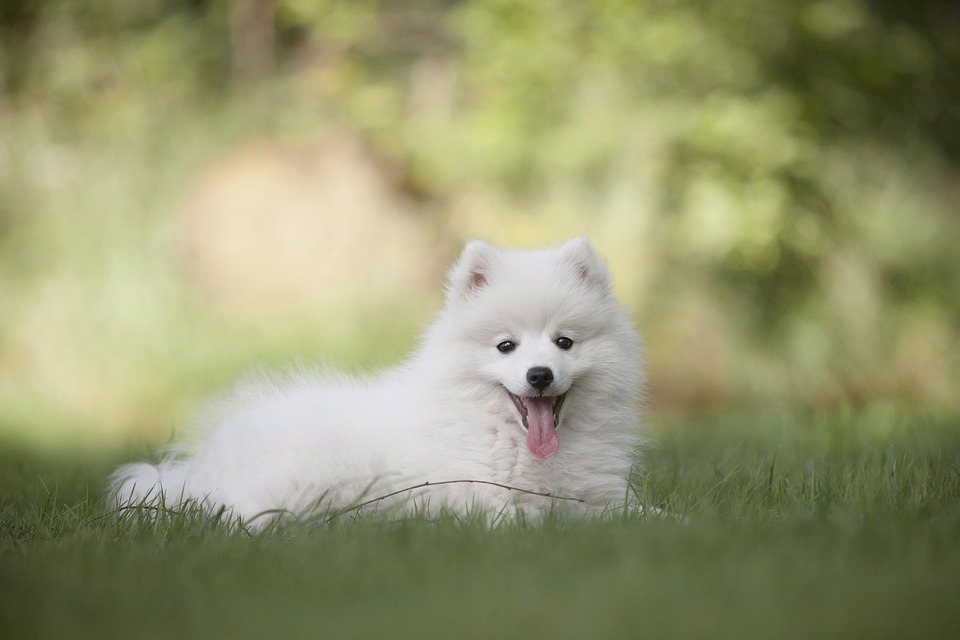Preventing heatstroke in dogs is a responsibility every dog owner should take seriously. By understanding the signs, symptoms, and preventive measures, you can ensure your furry friend stays safe and enjoys the summer months to the fullest. Remember, proactive care, regular hydration, and providing a cool and comfortable environment are key to keeping your dog healthy and happy during hot weather.
As summer approaches, it is crucial for dog owners to be aware of the dangers of heatstroke and take necessary precautions to protect their furry friends. Heatstroke can be a life-threatening condition for dogs, and it is essential to understand how to prevent it. In this article, we will discuss the signs and symptoms of heatstroke, preventive measures, and provide answers to frequently asked questions to ensure your dog stays safe and comfortable during hot weather.
Understanding Heatstroke in Dogs
Heatstroke occurs when a dog’s body temperature rises to dangerous levels, typically above 104 degrees Fahrenheit. Dogs are more susceptible to heatstroke than humans because they have a limited ability to sweat and regulate their body temperature. Instead, they rely on panting to cool themselves down, which may not be enough in extreme heat or humidity. Common causes of heatstroke in dogs include being left in a parked car, excessive exercise in hot weather, lack of shade or ventilation, and certain medical conditions.
Identifying the Signs and Symptoms of Heatstroke
It is important for dog owners to be able to recognize the signs and symptoms of heatstroke to take immediate action. These may include increased body temperature, excessive panting and drooling, rapid heartbeat and breathing, weakness and fatigue, vomiting and diarrhea, seizures or collapsing, and gum and tongue discoloration. If you notice any of these signs, it is crucial to act quickly to prevent further complications.
Preventive Measures to Keep Your Dog Safe
There are several preventive measures dog owners can take to keep their pets safe during hot weather. Keeping your dog hydrated is essential, so make sure they have access to fresh water at all times. Providing shade and ventilation in outdoor areas is also important, as well as avoiding exercise during the hottest hours of the day. Never leave your dog in a parked car, as temperatures can rise rapidly and become life-threatening. Utilizing cooling products and techniques, such as cooling mats or wetting your dog’s fur with cool water, can also help regulate their body temperature. Be cautious with breeds prone to heatstroke, such as brachycephalic breeds or those with thick coats, and supervise your dog’s time outdoors to ensure they are not overheating.
Frequently Asked Questions
1. Can I shave my dog’s fur to prevent heatstroke?
Shaving a dog’s fur may seem like a logical solution, but it can actually do more harm than good. A dog’s coat acts as insulation, protecting them from both heat and cold. Shaving can expose their skin to harmful UV rays and increase the risk of sunburn. Instead, opt for regular brushing to remove loose hair and consider trimming long-haired breeds.
2. Are certain dog breeds more susceptible to heatstroke?
Yes, certain breeds are more prone to heatstroke, including brachycephalic breeds like Bulldogs, Pugs, and Boxers, as well as dogs with thick or dark coats. These breeds have a harder time regulating their body temperature and are more at risk during hot weather.
3. How long does it take for a dog to develop heatstroke?
The onset of heatstroke can vary depending on factors such as temperature, humidity, and the dog’s overall health. In extreme conditions, heatstroke can develop within minutes. It is crucial to be vigilant and take preventive measures to avoid this potentially life-threatening condition.
4. Can I use fans to cool down my dog?
Fans can be helpful in providing air circulation, but they may not be sufficient to cool down a dog experiencing heatstroke. Fans alone do not lower the internal body temperature. It is crucial to combine fan usage with other cooling methods, such as wetting your dog’s fur or using cooling mats.
5. What should I do if I suspect my dog has heatstroke?
If you suspect your dog has heatstroke, it is essential to act quickly. Move your dog to a shaded area, offer drinking water (but do not force it), wet their fur with cool (not ice-cold) water, and immediately contact your veterinarian for further guidance and assistance.
6. Are there any specific foods or supplements that can help prevent heatstroke?
While there are no specific foods or supplements that can prevent heatstroke, ensuring your dog stays properly hydrated is crucial. Provide fresh water at all times and consider feeding them wet food or adding water to their kibble during hot weather to increase their fluid intake. Consult your veterinarian for specific dietary recommendations based on your dog’s needs.
Conclusion
Preventing heatstroke in dogs requires proactive care and attention from dog owners. By understanding the signs, symptoms, and preventive measures, you can ensure your furry friend stays safe and comfortable during hot weather. Remember to keep your dog hydrated, provide shade and ventilation, avoid excessive exercise during the hottest hours, never leave your dog in a parked car, and utilize cooling products and techniques when necessary. With proper care, you can enjoy the summer months with your dog while keeping them healthy and happy.









